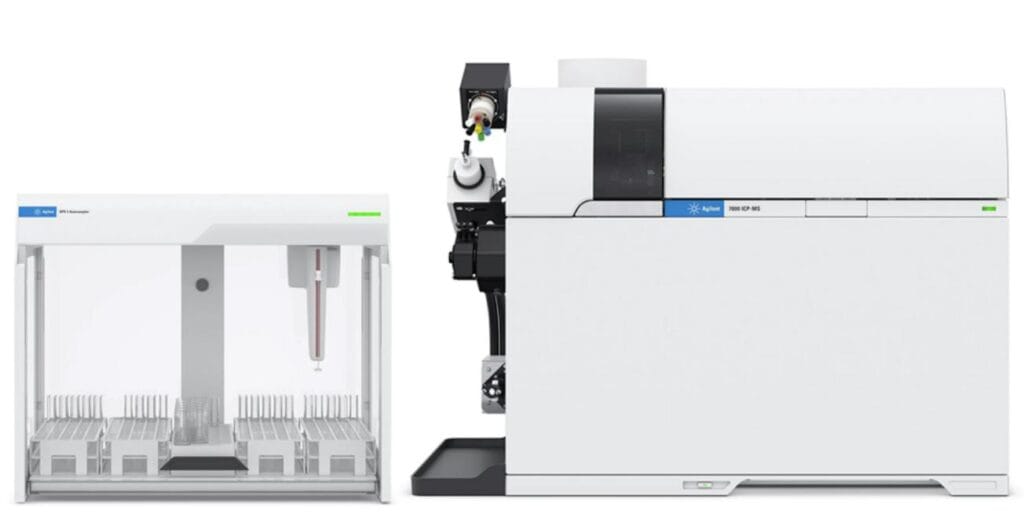Home» Pharmaceutical Analysis» Elemental Impurities
Elemental Impurities in Drug Substances and Products
USP <232> &<233> Ph.Eur. 2.4.20
Starting 1st January 2018, the USP eliminated Heavy Metals tests from most monographs and replaced them with Chapters <232> and <233> for elemental impurities detection by ICP. A total of 150 excipient monographs, 272 drug substances & drug product monographs and 256 Dietary supplement monographs were impacted.
CLL provides following Elemental Impurities determination in:
- Solvents (High Purity solvents)
- Key Starting Materials (KSM) and Intermediates for Residual Elemental Catalysts (Nickel, Palladium etc.)
- Drug Substances (API)
- Excipients (Coatings, Fillers, Sweeteners, Dyes etc.)
- Drug Products (Vaccines, Injectables, High Volume Parenteral, Inhalation products, Dermal products, Ophthalmic, Oral Solid Dosage forms, etc.)
- Packaging Materials – Extractable elements (Zinc, Arsenic, etc.)
- Cleaning Agents
- Material of Contact from manufacturing (silicon tubings, SS tanks, reaction vessels etc.)
- Cleaning agents
- Process Water
CLL’s Approach to Elemental Impurities Compliance
Risk Assessment
Using PDE (Permited Daily Exposure) versus MDD (Maximum Daily Dose) approach as defined in ICH Q3D and USP, Review of available data from Synthesis routes, Vendor Qualification, Element Classification and finally development of a Risk-Assessment report.
Screening
For potential elemental impurities (24 as per ICH Q3D + 11 further impurities for monitoring)
Analytical Method Development
Optimizing MS conditions, interference check, linear range and pre-validation checks.
Analytical Method Validation
Comprehensive AMV as per ICH Q3D, USP, EDQM, ANVISA etc.
Quality Control
STP and Specification preparation, Statistical analysis, and Batch Analysis.
Should I request laboratory to screen and develop methods on ICP-MS or ICP-OES?
Both ICP-OES and ICP-MS provide multi-element screening advantages. However, ICP-MS has several significant advantages:
(a) ICP-MS uses mass confirmation, which means that this is much more reliable. ICP-OES methods are typically fraught with several a spectral interferences.
(b) ICP-MS is several orders more sensitive than ICP-OES. So for Class I elemental impurities, ICP-MS offers detection in part per billion (or nanogram/gram range).
Can one method be applied to all materials?
Each material (whether API, excipient or drug product) has its own matrix effects and solubility in various medium. Some materials are soluble directly in water, some need acids digestion aids, some need further heating, further some may require microwave digestion for different time durations and temperatures. There is no one size fits all method.
Important Notification - Upcoming changes in USP
Effective 1st May 2024, USP has introduced limits for Cutaneous and Transcutaneous limits (dermal application products – serums, oils and ointments) and also revised limits for Nickel, Gold and Silver in existing routes.
For elements with a cutaneous PDE and a CTCL, both limits need to be met. If the results are conflicting, the lowest limit is applied. Using cobalt as an example, based on a 10-g maximum daily dose of the drug product, the calculated cutaneous concentration is 5 µg/g; based on a 1-g maximum daily dose of drug product, the calculated cutaneous concentration is 50 µg/g, which exceeds the CTCL of 35 µg/g. In this situation, the CTCL should be used.
Elemental impurities pathway:
CLL has developed a simple and effective path to compliance
Regulatory References
Elemental impurities is referenced in several regulatory guidelines:
- USP 〈232〉, 〈233〉 for Elemental Impurities
- USP 〈2232〉 for Dietary Supplements
- USP <561> Articles of Botanical Origin
- Eur. 2.4.20 Elemental Impurities
Method Development, Suitability and Validation
For regulatory submissions, the type of method selected and it’s suitability demonstration is extremely important.
At CLL, each validation study considers the specific substance or products solubility profile, degradation pathways, thermal characteristics and interference determination and elimination.
Method validation covers:
- Specificity
- System Suitability
- Solution Stability
- Linearity
- Limit of Detection
- Limit of Quantitation
- Filter Validation
- Accuracy with spiking
- Repeatability (System and Method)
- Measurement uncertainty
- Ruggedness over a range of laboratory conditions
- Robustness using small variations in the method.

Turnaround Time
- Quality Control Analysis – 1 weeks (2/3 Day rush services are available)
- Method Development and Validation – 2 weeks.
